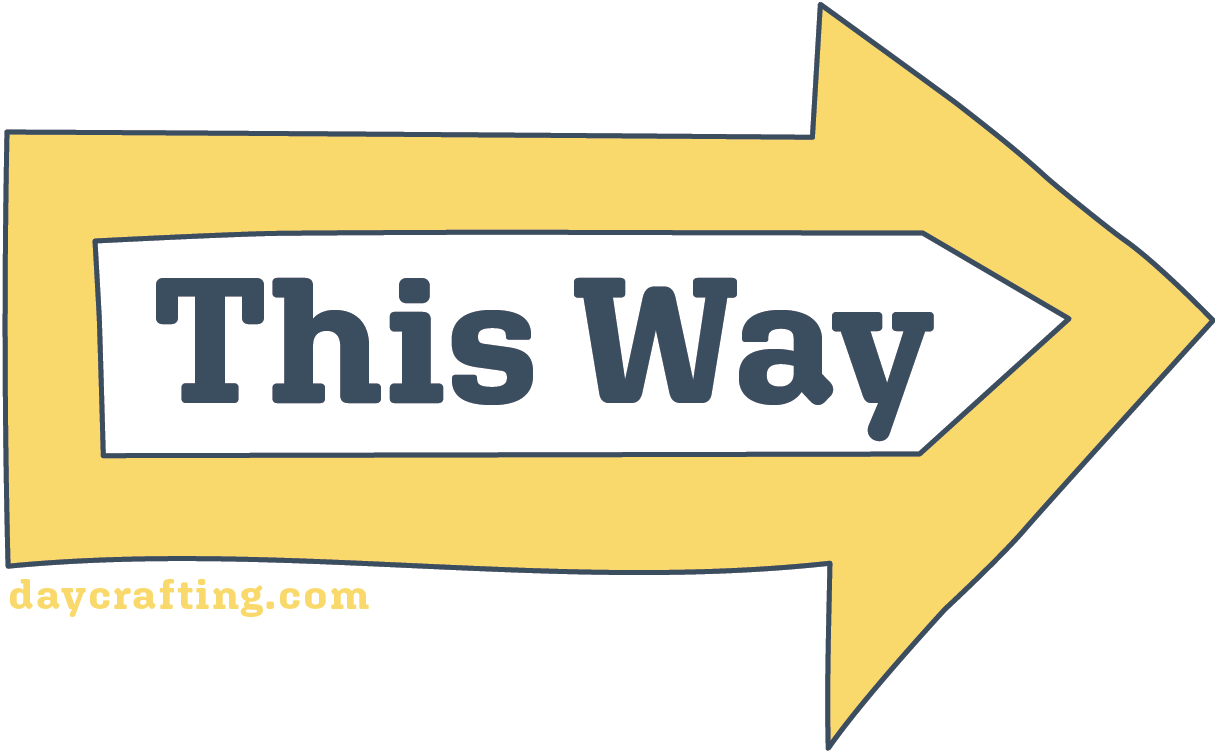The best way to design a new behaviour
I know a 'lean systems' expert. Her job, in aerospace manufacturing is to observe processes in factories and work out how to make them more efficient. This involves changing the position of machines and materials and the flow of materials around the space. Crucially it involves changing people: their ideas, their habits and practices, but people don't like change.
Make it harder to do it any other way.
We like the easiest route, the path with least friction. The trick here is to plan ahead, to prepare ahead. It can be argued that will-power or self-control is more about careful preparation - to make the desired behaviour easier when you get to it. This is a juicy design challenge for the Day Crafter. If you're wanting to adopt a new habit or stop a harmful one, how might you design and craft the day so that the behaviour you want is the default; the choice that it is easier to take. Your ideas can make a good experiment.The Practice
You've really got to want to adopt whatever the new behaviour is. If you have no motivation at all then the technique above is unlikely to work. If you think your motivation is nearly there, try changing the behaviour to make it smaller or easier until your motivation kicks in. The next step is design: If it is a behaviour you want to do but aren't, try making it easy and obvious and the alternatives harder. If it is a behaviour you don't want, make it really hard or impossible. For example, if I don't want to keep eating biscuits, I can move them out of my way or avoid buying them in the first place.
Written by Bruce Stanley on Fri, February 12, 2021
Please share this
Related posts
Setting intentions – the Day Crafting tool you’ll use most
Have you heard of a stitching pony? Every craft has ubiquitous tools, the potter's wheel, the smith's anvil, the carver's chisel – and the leatherworker has the stitching pony which is used to grip the material. To the Day Crafter the tool used most often has to be intention setting.Redesigning rest and unlocking energy use
Given that the human brain is constantly monitoring our energy budget and predicting our energy use and attempting to get us to balance output with restoration, it is perverse, but not altogether out of character, that the part of our brain that thinks it runs the show should come up with a notion such as, 'I'll rest when I'm dead'. Sometimes we choose to believe the dumbest ideas.
Introductory Workbook – Learn Day Crafting at your own pace
Here is the first in a new Apprentice Series of Day Crafting workbooks. This works as a standalone course or as a compliment to the Day Crafting Apprentice Course – or as a refresher if you've completed the Day Crafting Apprentice Course. Further workbooks are available here.
In this post you will find some photos from the workbook, a free sample to download containing a range of example pages and a link to buy the book.
